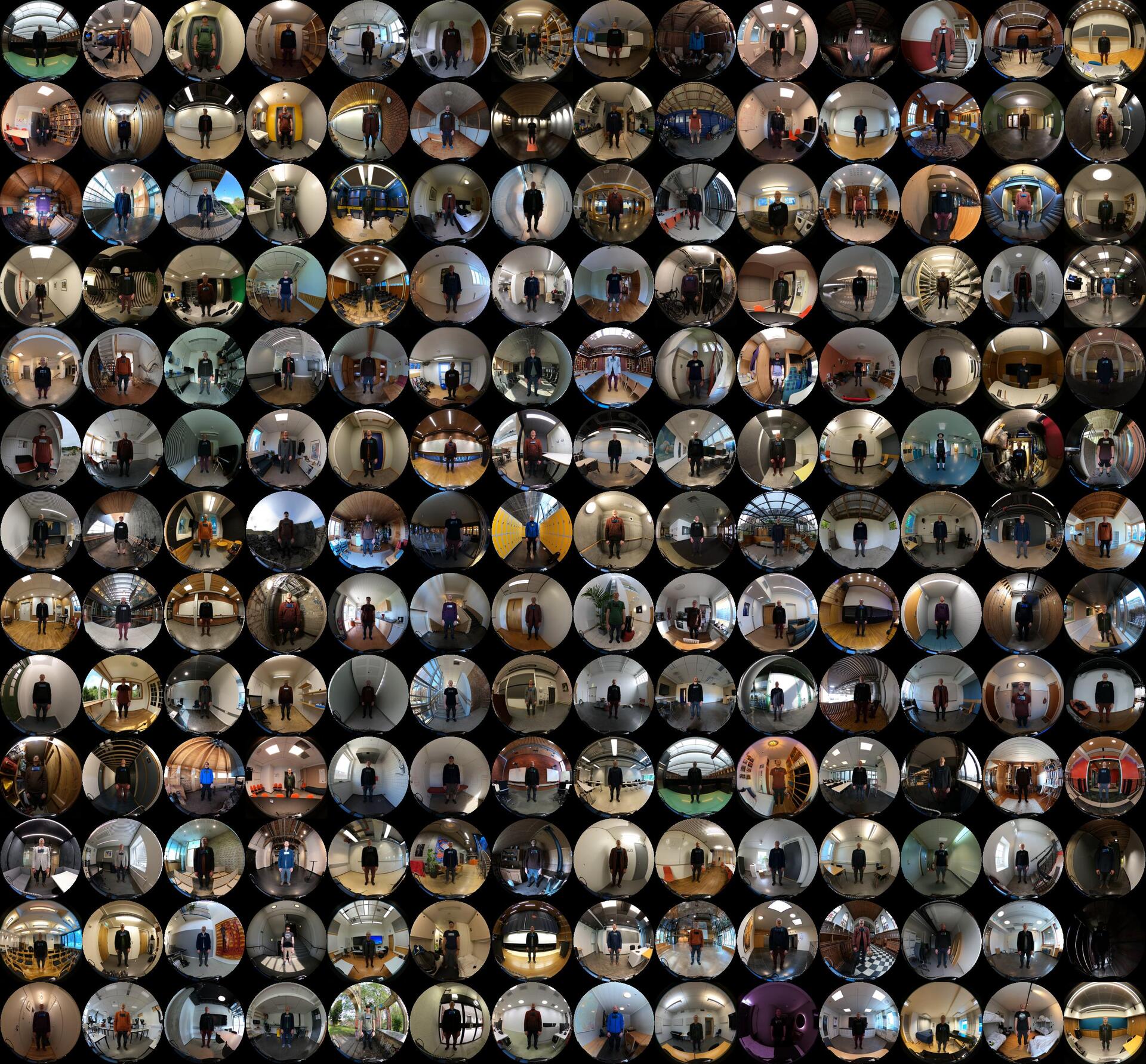Today is New Year’s Eve, and I have done my 365th standstill of the year. I began my year-long #StillStanding project on 1 January this year, and I am happy to report that I managed to conclude the project as planned! A few days were more challenging than others, but I am pleased I made recordings every day.
I wrote a blog post after the first 100 days and a video of the first half year. My reflections today are the same as in those summaries. Now, I am looking forward to writing everything up in my upcoming book, so I will be brief in this blog post.
Time spent
Many people have asked how much time I have spent daily on the project. Each recording is only ten minutes long, but in practice, I have spent around half an hour finding a location, setting up, recording, and packing down again. Initially, it was easy to find locations, but since part of the project involved making recordings in new spaces daily, I had to spend some time searching for suitable spots towards the end.
I have also spent around half an hour each evening copying files and making preliminary analyses that I have posted on Mastodon. Parts of the process have also been developing the Jupyter Notebooks I have used for the preprocessing and analysis. I started with some basic scripts that matured into quite detailed processing pipelines during the year.
Fortunately, doing something every day has helped me spend 365 concentrated hours on research in the middle of a pretty busy life as center director. That is almost 10 weeks of regular work time, an efficient way of getting research done!

On using Mastodon
I chose Mastodon as my communication channel for the project, posting under #StillStanding. Last year, I started my #SoundActions project on Twitter, but decided to abandon the platform in November. Mastodon has yet to get the traction I expected, so the outreach is a magnitude smaller than last year’s. That is not a big problem; it does not matter whether people see the posts “live” or not; they will still be there as a historical trace.
Equipment
As I wrote about earlier, the head-mount of my camera stand broke relatively early in the process. Fortunately, the Bilora Biloret Model 2017 Telescoping Travel Tripod I changed to has worked like a charm. Things from the 1950s are sturdy!

So my setup has remained the same throughout, with a GoPro Max and Zoom H3-VR connected to a battery pack.

Some of the mobile phone straps have broken, though, but fortunately, I had many of those lying around after the Lydo Orchestra Experiment earlier this year.
Outcome
I often tell students that it is easy to collect data but much more challenging to turn the data into something of value. Fortunately, I have had quite clear targets for the data collection this time around, namely two book projects:
Still Standing: This book has been in preparation for several years, based on all my work on human micromotion, first in the artistic research project Sverm and later in the scientific research project MICRO. My year-long still-standing data will nicely complement the other data sources in the Oslo Standstill Database and be used in my book.
Sound Spaces: During the year, I have also recorded audio and video of each space, and this will be the basis for another book based on the AMBIENT project. Here, I will focus on what is going on in various indoor spaces. One year ago, I knew much less about this than I know now, so the StillStanding project has helped shape my thinking about moving that project forward.
Now, I look forward to cleaning up all the data and openly posting on OSF as much as possible.
